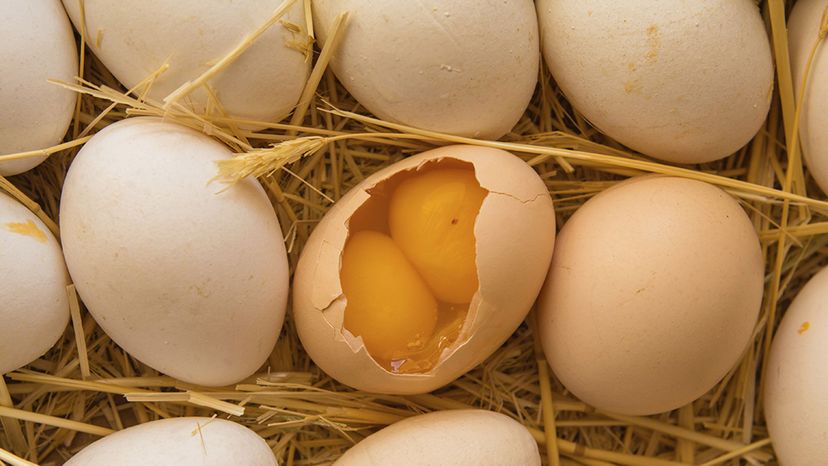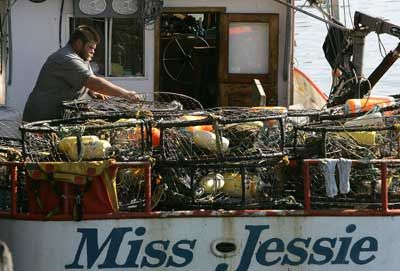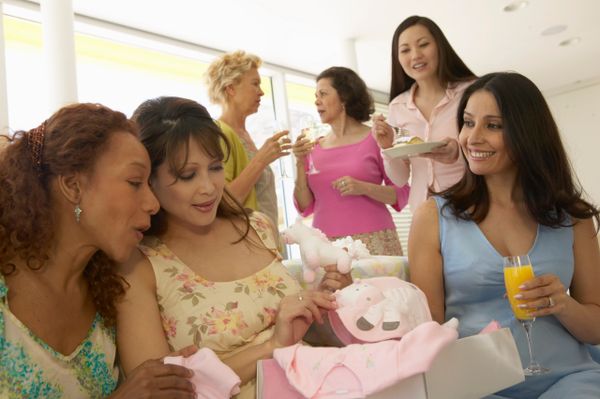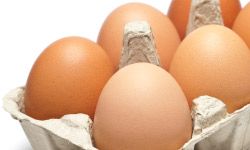
There's about a one in 1,000 chance that the next egg you crack open will be double-yolked. As is the case with many uncommon occurrences in nature, people have attached several superstitions to double-yolk eggs.
They're a pretty obvious reference to fertility, so most of these superstitions have to do with reproduction and good fortune. The most common is that you or someone you know will soon become pregnant (maybe with twins) if you happen upon a double-yolker. In the Wiccan tradition, they're known as a sign of general good fortune, much like the four-leaf clover.
Advertisement
If you're interested in ancient Norse beliefs, you might feel a sense of doom if you get a double-yolk egg — it means that someone in your family is about to meet their maker.


